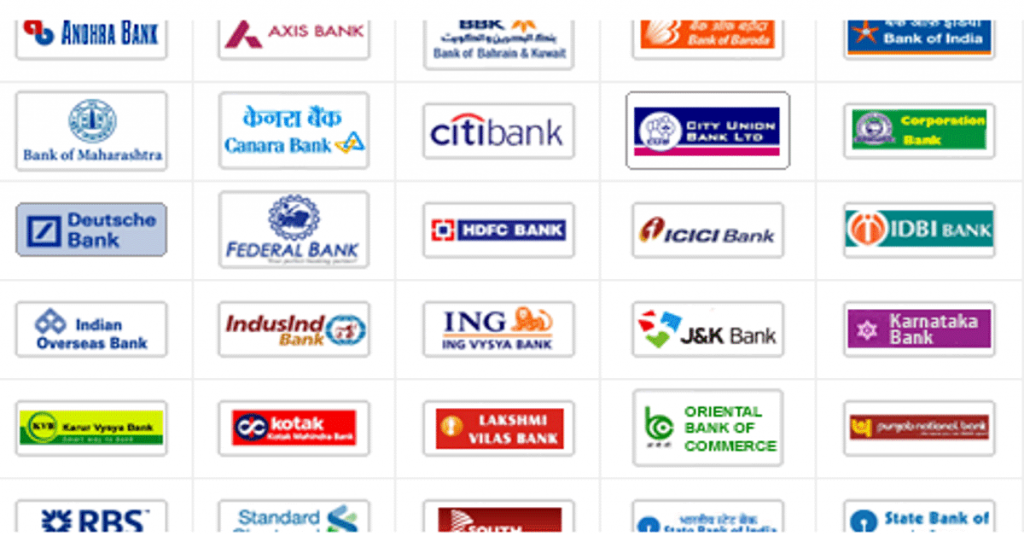For many beginner investors and salaried individuals mostly go for a savings bank account. The savings bank accounts are designed to suit the diverse need based customers. The interest rates on bank savings accounts as well as bank fixed deposits are showing a downward trend. But in a few banks the rate of interest is higher than the rate being offered by other banks.
A majority of both public and private sector banks provide interest rates ranging from 2.5 to 4 percent. But a few private sector and small finance banks offer upto as high as 7.15 per cent per annum.
Bandhan Bank offers 7.15% whereas RBL Bank offers 6.5% on their savings accounts. IndusInd Bank and IDFC First Bank offer 6% interest.HDFC and ICICI Bank offer up to 3.5%.Axis Bank and Kotak Mahindra Bank offer upto 4%
Is it advisable for the investors to go for the banks who offer higher interest rates on savings accounts?
At a basic economic level the interest rate is determined by the savings account deposits and the relationship between how much banks value receiving extra deposits and how much savers value the services of a savings account.
The customers should always look for good service standards, ATM services across cities, a wide branch network, mobile banking facilities, free ATM-cum-debit card and most importantly a long term track record.
To secure and grow the funds with high liquidity without taking undue investment risks is the primary goal behind opening a savings account. The customer must check all the terms and conditions before opening an account with any bank. An eye must be kept on the profit figures that banks report on a quarterly basis in a filing to the stock exchanges.
Usually the banks offering more interest on savings accounts ask for higher minimum balance. The dominant private banks like Axis Bank and HDFC Bank require a minimum account balance from Rs.2500 to Rs.10,000. This is kept higher by the private sector banks as compared to public sector banks in order to reach salaried middle class and self employed professionals. The minimum balance requirement is Rs.5000 at Bandhan Bank.
In case of any private bank however, the minimum requirement ranges from Rs.500 to Rs.10,000.
With the changes in other banking products, savings accounts have also seen a major shift. There are banks which do not provide for keeping any minimum balance criteria. This zero minimum balance condition can be utilised to avoid penalties resulting from keeping a minimum balance in thousands.
Below are the interest rates on some of the top banks with zero balance account facility for a savings account.
| Banks | Interest Rate (p.a) |
| Kotak Mahindra Bank | 4 to 6% |
| DBS Bank | 7% |
| State Bank of India (SBI) | 3% to 3.25% |
| Axis Bank | 3.5% to 4% |
| HDFC Bank | 3.5% to 4% |
| ICICI Bank | 3.5% to 4% |
| RBL Bank | 5% to 6.75% |
| IndusInd Bank | 4% to 6% |
| IDFC Bank | 6% to 7% |
YES Bank NPA crisis and Punjab National Bank scandal in the recent past have been eye openers. PMC customers had to go through restrictions on cash withdrawals. The higher the NPA it will result in eating the profits of the bank. It can push the bank towards bankruptcy. This surely concerns over the safety of deposits for savings account customers. The RBI is adopting an approach to involve developing on an integrated supervision platform.
Should I use high returns FD or not?
IDFC has recently reduced the interest rates. We need to remember that all the interest rate game is to attract as much new customers as possible. Banks donot make a lot of revenue from savings accounts. They make better revenue (or simple money) from other products sold – loans and other financial products. Having attractive interest rates is a means to acquire customers, and not to reward customers. If the bank fails to convert the CASA into other long term customers such as home loans, then it will difficult to the banks to survive and hence you may land up in a situation like YES Bank. However, in case you have large cash and are looking for a 1 year horizon, you can leverage the high interest rates and possible use your savings as a substitute of a debt fund and do a “drip strategy”, where you have you amount in a savings, get the 6%, and then use that bank account to invest in a diversified or index mutual fund. So no exit loads, no AMC charges!

